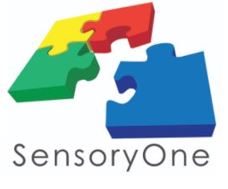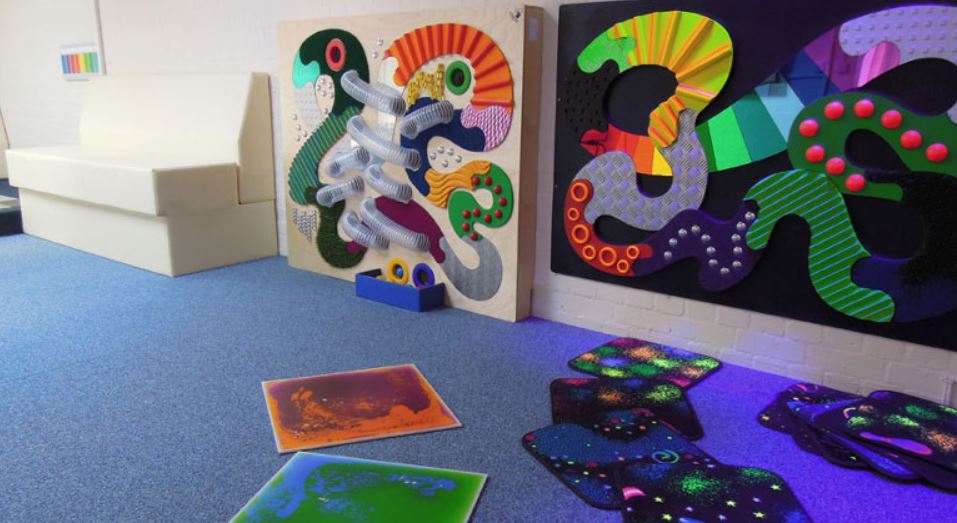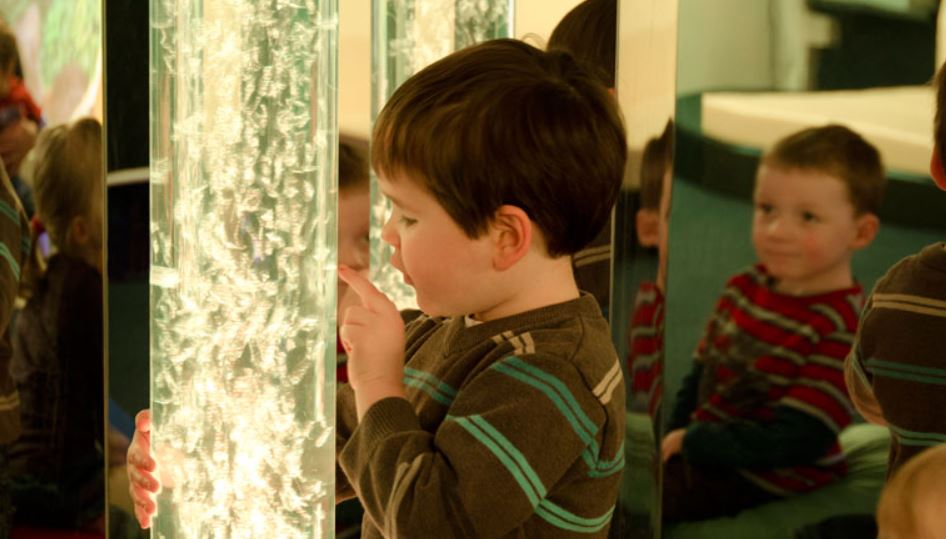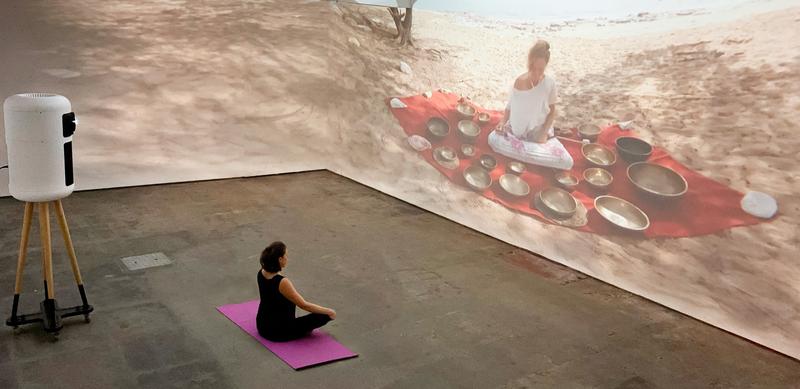For many kids, school can be a very overwhelming place. Whether children are dealing with a diagnosed developmental impairment or not, at times, they require a safe place to decompress. Such a space, which shifts their attention and focus while stimulating their senses, can be extremely beneficial.
Installing a sensory room can be an excellent way of creating such a space in any school or other educational setting. Such a multisensory environment can help kids — whether they are challenged by ADHD, autism or dyslexia, or exhibit occasional misbehaviour or anxiety — cope with daily situations that can arise in school or elsewhere.
A multisensory space’s benefits extend beyond particular children. School administrators, teachers, educational assistants and classmates will immediately notice those benefits. Schools incorporating sensory spaces often find that they are immediately “in demand” by children, parents and teachers.
What is a multisensory space?
At SensoryOne, we’re sensory space design experts. We’ve worked with schools across the United States and Canada to incorporate multisensory environments that improve student outcomes. Let’s discuss your needs!
A multisensory environment, often a dedicated room, is a specially designed space that features specialized sensory equipment. It is engineered to help engage, stimulate, relax and develop children’s senses. In a classroom, children are expected to sit still and listen, while, in a sensory space, they can explore their environment freely.
Some children will use the space to decompress and relax from lights and noises that overtake most classrooms. Others will find healthy distraction in activities that consume their focus and attention, calming them down. Still others may be more taken with physically stimulating activities, such as touch-activated lit floor and wall panels.
Multisensory spaces can help children develop their hand-eye coordination, communication skills, fine and gross motor skills. They help meet the unique learning needs of neurodivergent children to meet standard learning outcomes.
Growing support for creating multisensory spaces in schools
While sensory spaces are still not found in most schools, the benefits for both students and staff are finding more support fromemerging science, first-hand accounts and parents’ enthusiasm. Educators and health experts have come to realize the significant role that sensory environments can play in helping all children access education and reap maximum rewards.
Benefits to children who use them
- Takes the pressure off students who may struggle to keep up in a typical classroom
- Presents a safe and gentle environment for students to learn how to manage their emotions
- Allows students to take a time-out from excess stimulation in the classroom
- Neurotypical students can use the space to relax or develop skills that may get overlooked in typical classrooms
- Helps children who might not otherwise thrive in a typical school environment to have acceptable options to participate when they can, and retreat to a safe space when they need to
- Offers a safe and therapeutic space for students to learn a range of physical and emotional skills
- Promotes a positive response for students who may be acting out or prone to tantrums within the classroom
Benefits to the rest of the student body
- When students experiencing emotional and behavioural difficulties have a difference space to go to, remaining students can better concentrate during their classroom time
- Great setting for in-school educational support, therapy and counselling to take place
- Normalizes the inclusion in a regular classroom setting of students who may otherwise struggle
- Helps avoid crisis situations and create a potentially safer school experience for classmates
Benefits to educators and parents
- Takes pressure off teachers. By being able to remove students who are being disruptive out of their classrooms (and to a space where they can receive specialized support), teachers can better focus on their lesson plans and remaining students
- Parents who do not have the space or funds to create a sensory space at home will appreciate one available at school
Many benefits of sensory play
Regardless of a child’s diagnosis, time spent in a dedicated multi-sensory environment can produce dramatic positive results. A space that can reduce anxiety, increase focus, calm aggressive behaviour and incorporate physical movement is a space that can help children thrive. Adding a sensory room is increasingly a must-have at schools.
Calming – Allowing students the time to immerse in a dimly lit room filled with calming and gentle experiences can help them detach from the classroom setting. A sensory room aiming to lower stimulation can include light and video projectors, tactile wall panels, lit bubble tubes, dim lights and calm music.
Improved focus – For students who struggle with being easily distracted, such as those diagnosed with autism, ADHD or other developmental disorders, a sensory room can be an escape from spaces where their concentration is required, such as a classroom, or provide a place here they can practice being more aware of their surroundings. I
Safe socialization – Many atypical students may feel a social struggle in normal school settings. A multi-sensory room can offer an alternative space to explore their surroundings with fellow classmates, taking the pressure off the idea of socialization.
Gain the immediate benefits of a sensory environment in your school
As an educator or school administrator, you will find it relatively easy to build a sensory room. It involves designating a space (even a small one) and working with a sensory-room-design expert to align objectives with equipment and configurations. Expert sensory room designers will highlight the best and latest equipment mix to provide students all of the benefits of a sensory space that they deserve.






